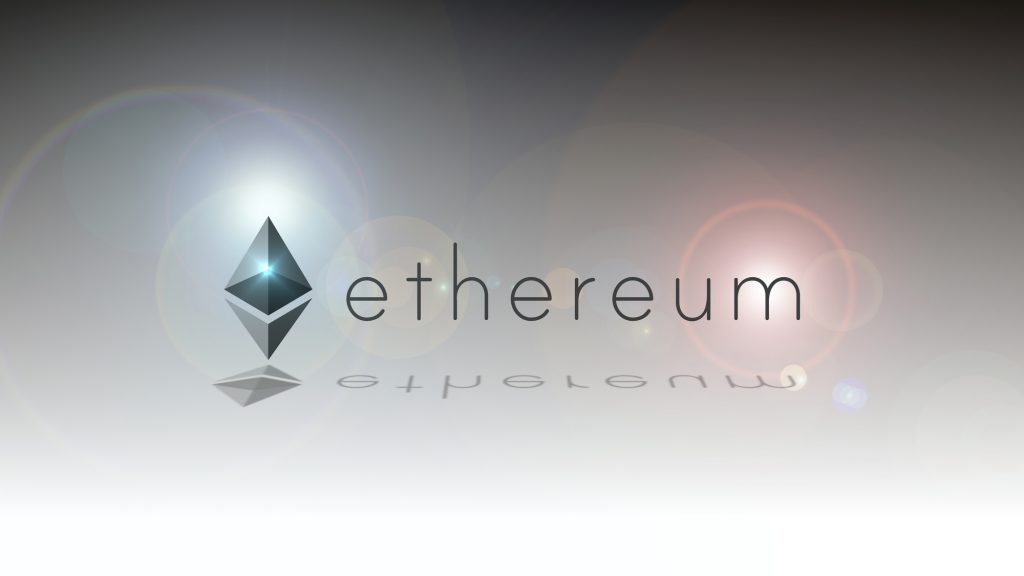What is especially important to have on the radar in the new year in the crypto world? We have identified eight different topics on which a lot will happen next year. The trends for 2020. We start with Ethereum.
Ethereum 2.0
This article is part of a cooperation and originally published on 10×10.ch
New year, new attempt. In the first quarter of 2020, the first phase of the update from Ethereum 1.0 to Ethereum 2.0 is scheduled to start. This first phase is designated as "Phase 0" and includes the concept of the "beacon chain", which is to a certain extent the core of Ethereum 2.0. Through the "Beacon chain", the validators will act and ensure the coordination of the Shards. Although the developers of Ethereum 2.0 want to keep the complexity as low as possible and prepare for the worst, the Ethereum upgrade is still met with great skepticism (examples here and here).
Serenity update with some challenges
The transition to Ethereum 2.0 is considered to be highly risky, after all, the current Ethereum network and its DeFi-world are to be transferred to a new one. There is a not small chance that certain existing functions and smart contract applications could fail. There is also the danger of a hardfork that leads to two competing blockchains. In the worst case, they could even cannibalize each other and thwart a successful transition. However, the Serenity Update, as the transition to Ethereum 2.0 is also called, is not only met with technical concerns. If the upgrade is successful, it is still unclear at this point whether Ethereum 2.0 or its Ether 2.0 tokens should not be considered securities. Heath Tarbert, Chairman of the US Commodity Futures Trading Commission, at the Coindesk Investment Conference, at least hinted at an approach in this direction. In the meantime, a number of well-known companies have also come into direct or indirect contact with the Ethereum network. It is therefore not unlikely that they would lobby politicians and functionaries to turn the tide in their favor and establish Ethereum 2.0 as a commodity rather than a security.
Transition to Proof of Stake consensus algorithm
However the serenity update will start, one thing is clear: alternative smart contract platforms such as Tezos, Dfinity and others will want to take advantage of the moment and attack Ethereum's dominance. Should Ethereum really show problems, competing projects will only try to exploit this more aggressively. If, on the other hand, the first steps towards Ethereum 2.0 go smoothly, this could release synergies. Other players from the traditional financial world could dare to approach and experiment with the emerging world of DeFi. With the planned change of Ethereum from proof of work to proof of stake (and the introduction of other PoS blockchains), the stake will receive more attention in 2020. An unknown factor that will certainly need to be observed in 2020 is the relationship between lending and staking. There could be an incompatible discrepancy: If the interest rates on DeFi platforms are higher than the income from staking, tokens will no longer be "staked", which could endanger the security and stability of the project. Conversely, this means that the staking rewards must be higher than the interest rates. This in turn is only possible by means of token inflation. But as soon as inflation is higher than the staking rewards, the result is a de facto negative interest rate. This in turn could cause the interest of investors and users to dry up again.




